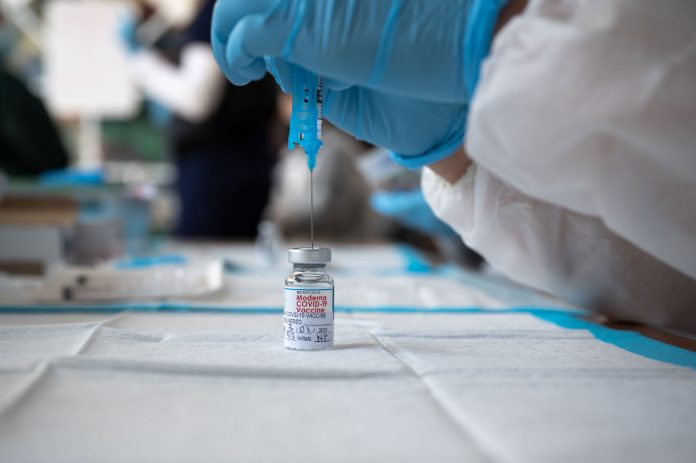
Even though the pandemic has taken a disproportionate toll on people of color and on low-income communities, Americans in wealthier counties have been getting vaccinated against the coronavirus at higher rates than those who live in more distressed, impoverished counties, federal health researchers reported Wednesday.
The study, by the Centers for Disease Control and Prevention, examined data on some 50 million residents in 49 states and the District of Columbia who had received at least one COVID-19 vaccine by March 1; the U.S. vaccination campaign began in mid-December. The authors analyzed vaccination coverage by county according to the CDC’s social vulnerability index, a comprehensive measure that takes into account income, household composition, disability, racial and ethnic backgrounds, and facility with English, as well as the quality of housing and car ownership.
Overall, vaccination coverage was higher, at 15.8%, in counties that were better off than in counties that scored highest on social vulnerability, where vaccination coverage was 13.9%.
There was variability among counties, and some states were exceptions: Arizona and Montana, for example, had higher vaccination coverage in more distressed counties than in less vulnerable counties. Three other states — Alaska, Minnesota and West Virginia — also had higher vaccination coverage in disadvantaged counties than in better-off counties, according to select measures in the index.
The study’s authors called on communities to track vaccination rates and to take steps to ensure equity for those most affected by COVID-19. Federal researchers called on communities to investigate the causes of vaccination disparities and to figure out the role played by access problems, including a lack of vaccine supply or such challenges as vaccine hesitancy.
According to a New York Times analysis of state-reported race and ethnicity information, the vaccination rate for Black people in the United States is half that of white people, and the gap for Hispanic people is even larger. Public health experts have said that obstacles to vaccine access deserve much of the blame for vaccination disparities.
Black and Hispanic people in the United States are less likely than their white counterparts to have internet access reliable enough to make online appointments; to have work schedules flexible enough to take any available opening; and to have access to dependable transportation to vaccine sites, among other factors. A lack of access to information about the vaccine through trusted providers can also lead to uncertainty and an unwillingness to get a shot.
States that have been successful at getting vaccines to vulnerable communities made it a priority to inoculate people of color during the early stages of the rollout, the authors noted. These states actively monitored and addressed barriers to vaccination in vulnerable communities, directed vaccine to distressed communities, offered free transportation to vaccination sites and collaborated with community partners such as the Indian Health Service.
Copyright 2021 The New York Times Company














